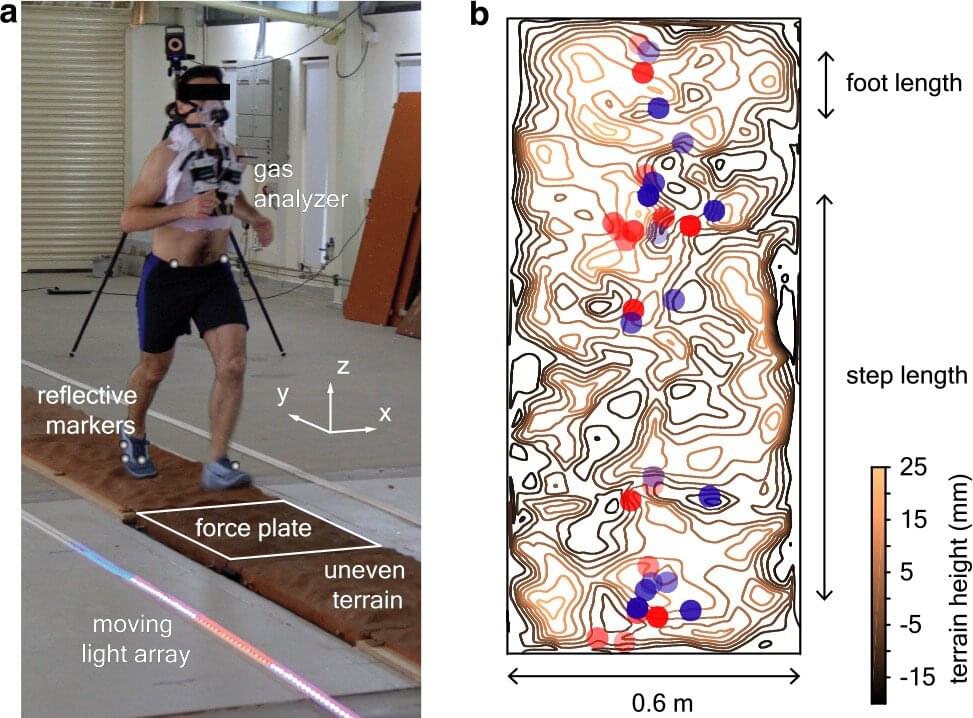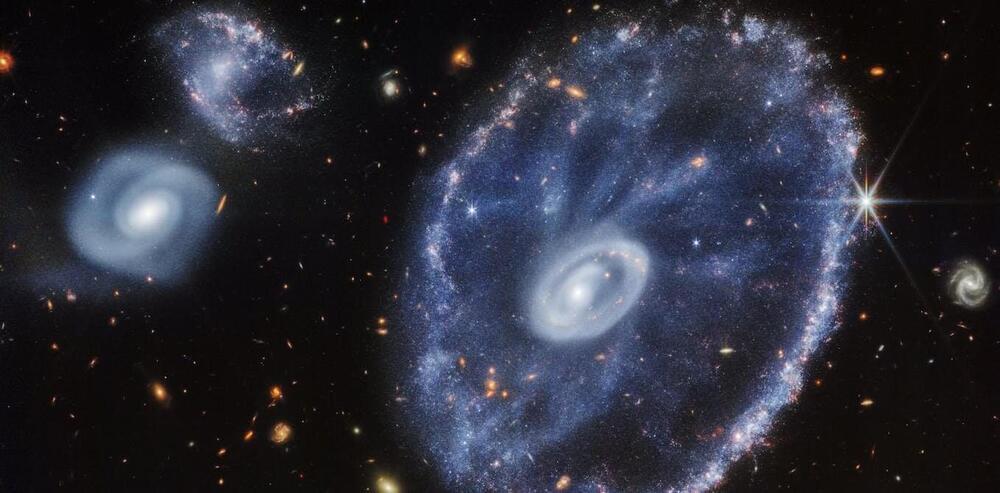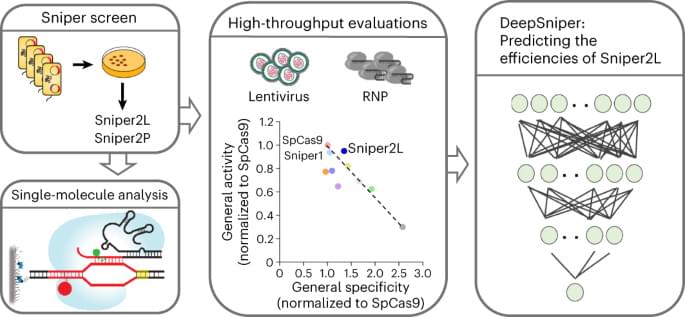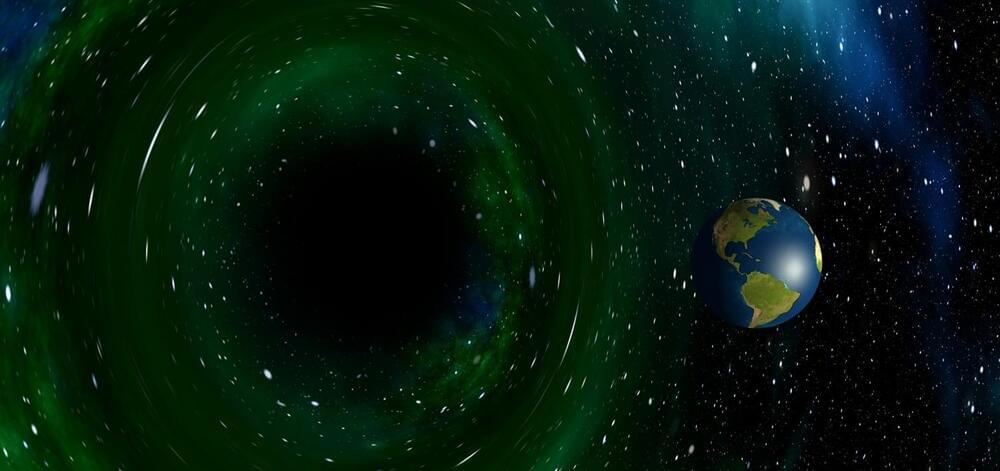Mar 28, 2023
Associative learning in the cnidarian Nematostella vectensis
Posted by Saúl Morales Rodriguéz in category: evolution
The ability to learn and form memories allows animals to adapt their behavior based on previous experiences. Associative learning, the process through which organisms learn about the relationship between two distinct events, has been extensively studied in various animal taxa. However, the existence of associative learning, prior to the emergence of centralized nervous systems in bilaterian animals, remains unclear. Cnidarians such as sea anemones or jellyfish possess a nerve net, which lacks centralization. As the sister group to bilaterians, they are particularly well suited for studying the evolution of nervous system functions. Here, we probe the capacity of the starlet sea anemone Nematostella vectensis to form associative memories by using a classical conditioning approach. We developed a protocol combining light as the conditioned stimulus with an electric shock as the aversive unconditioned stimulus. After repetitive training, animals exhibited a conditioned response to light alone—indicating that they learned the association. In contrast, all control conditions did not form associative memories. Besides shedding light on an aspect of cnidarian behavior, these results root associative learning before the emergence of NS centralization in the metazoan lineage and raise fundamental questions about the origin and evolution of cognition in brainless animals.

















